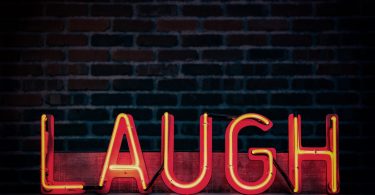Remember My Little Pony? The miniature sized pony with the multi-coloured mane that you’d brush and plait for hours whilst we’d anxiously wait for hours to grow that same length?
Remember My Little Pony? The miniature sized pony with the multi-coloured mane that you’d brush and plait for hours whilst we’d anxiously wait for hours to grow that same length? I hate to break it to you but the My Little Pony you once knew and cherished is no more. Shocked? You’re not alone. Imagine my horror when I discovered earlier this week that my once much loved childhood icon had undergone an extraordinary transformation, and not for the better.
While its replacement ‘Equestria Girls’ initially appeared seemingly innocent, resembling a hybrid between a pony and a teenage girl, on closer inspection, I was unable to overlook how highly sexualised the toy’s transformation was. While Equestria Girls have retained its much-loved multi-coloured mane, that was where the resemblance ended. Gone was the innocent doe-eyes, plastic neon pink and blue body, now replaced by an unrealistic slender human-like physique donning provocative attire of thigh high boots and an inappropriately length mini-skirt.
Hyper-sexualisation not isolated occurrence
However, the hyper-sexualisation of children’s toys is unfortunately not merely an isolated occurrence. Just take Bratz dolls. While its rival Barbie’s appearance is more conservative in comparison, its creators ‘sexed’ the nation’s much loved doll, the end result a product that would not appear incongruous in a seedy back-street sex shop than one that parents would purchase for their children. While decades ago, its ‘come hither’ facial expression and its scantily clad attire of fishnet stockings, thigh-high boots and even see-through lingerie would have horrified parents, today it exceeds the sales of Mattel’s most successful product.
Such availability of hyper-sexualised toys is merely symptomatic of the increasing sexualisation of children in contemporary Western society at large. While a familiar sight, the availability of clothing for pre-school girls which confronts me on an otherwise innocent trip to my local high street such as mini-skirts and boob tubes which feature sexual slogans such as ‘eye candy,’ ‘hottie’ and ‘so many boys so little time’ never fails to horrify me.
Even more worrisome is the bordering-on paedophilic sexual objectification children are increasingly subjected to in the press, which was once traditionally reserved for adult females. It seems that photos of a barely legal teenage model donning a bikini and lounging by a pool seductively drinking from a straw or legs wrapped around a motorbike are an inescapable feature of my morning news feed.
Campaigns to tackle premature sexualisation
However, campaigning bodies have increasingly been responding to the need to tackle the premature sexualisation of our children. In 2007, following The National Union of Teachers (NUT) branding Tesco’s decision to stock pole dancing kits as ‘destroying children’s innocence’, the supermarket giant as forced to withdraw the offending items from their shelves. And even more optimistically, David Cameron has last week unveiled proposals to criminalise those in possession of violent pornography that depict stimulated rape on account of its content ‘corroding childhood.’
I whole-heartedly support any progress in actively tackling the premature sexualisation and commercialisation of children, which I firmly believe has no place in society. I, for one, hope that one day highly sexualised consumer goods aimed at nine year olds will no longer be sold and join pole dancing kits and lacy lingerie as supermarket stock history. But while I remain optimistic, I can’t help but feel that it seems unlikely at this point in time.
As MP Diane Abbott stated earlier this year, ‘(we’re) powerless in the face of the sexualisation of children.’
What do you think about hyper-sexualisation of children? What should be done about it? Have your say in the comments section below, on Facebook or on Twitter.








